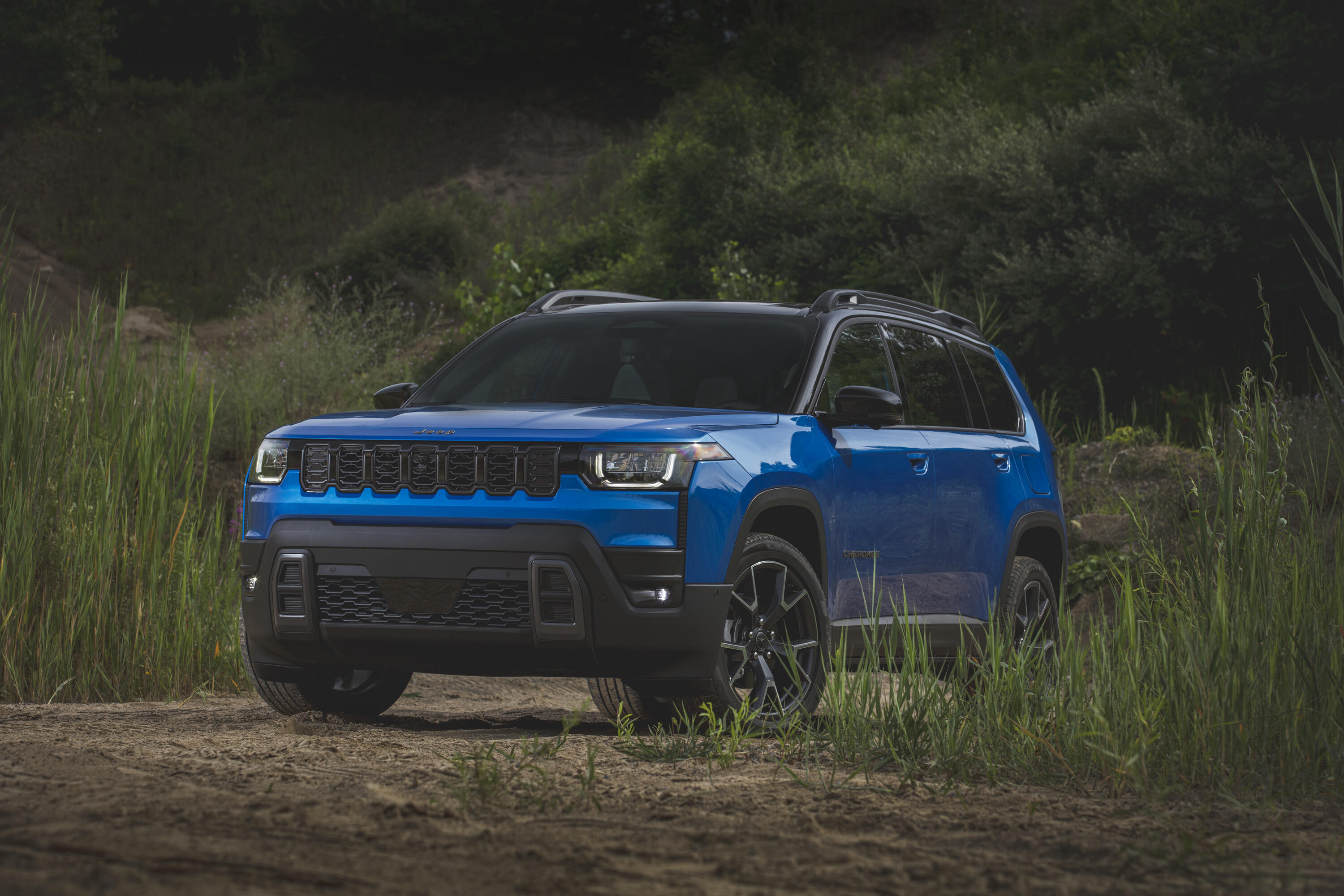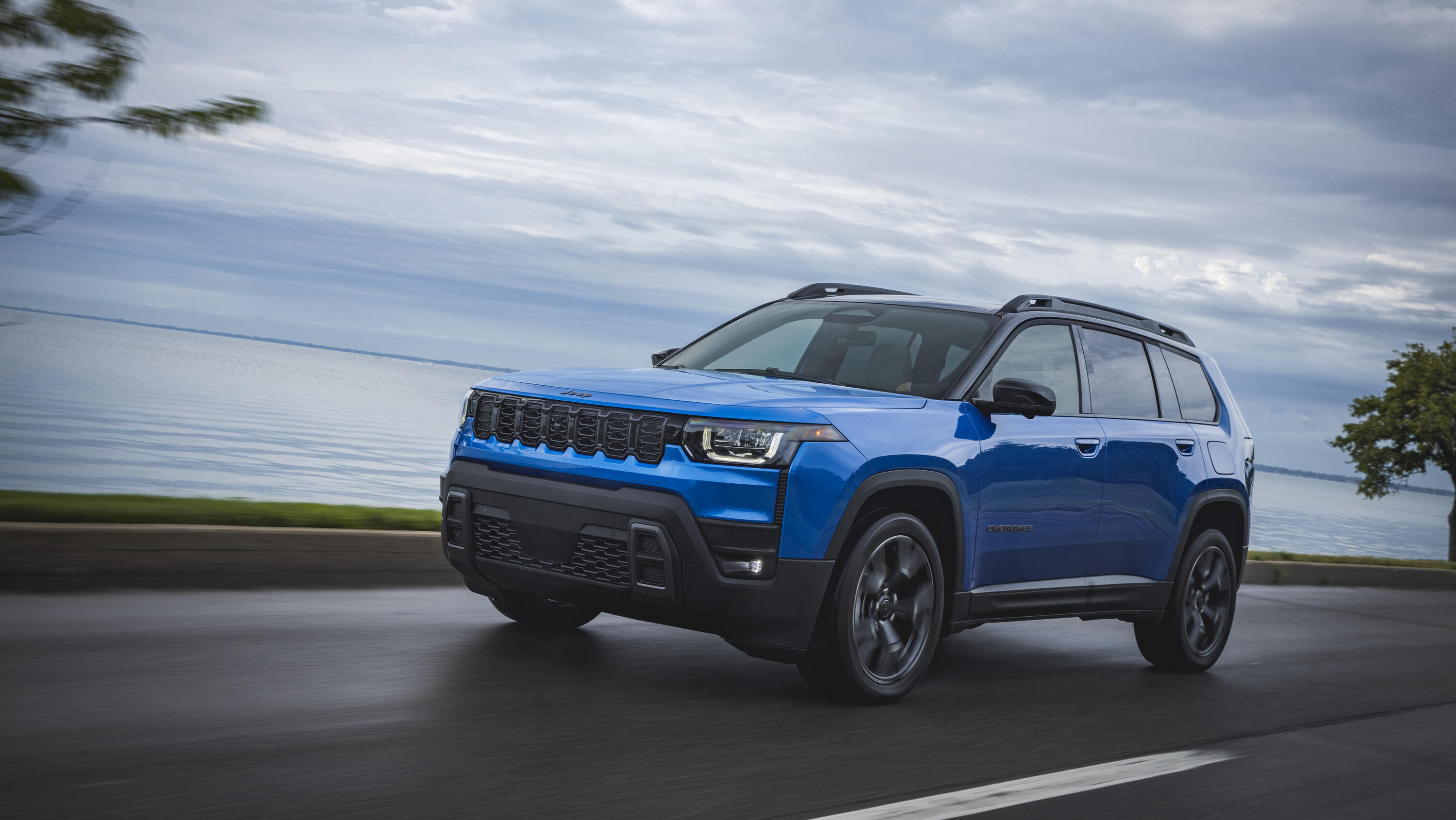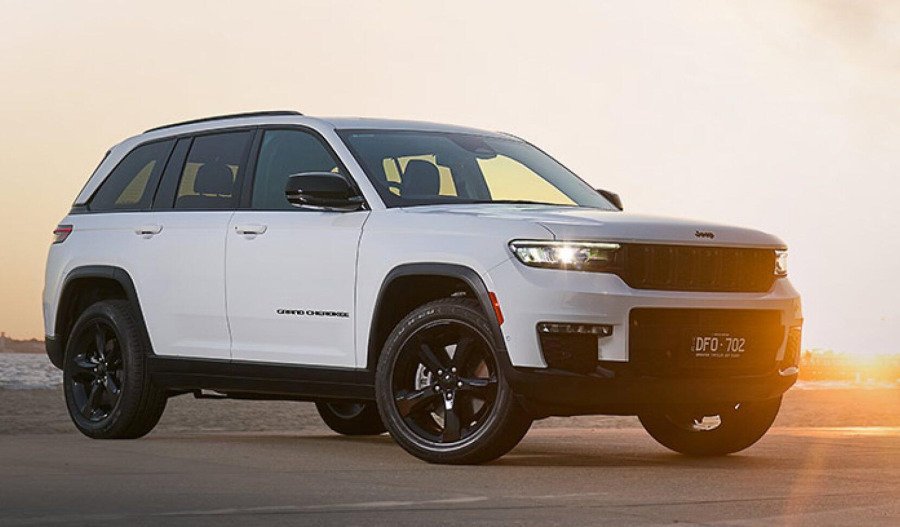Stellantis' Jeep has brought back the Cherokee after a nearly three-year absence, unveiling a redesigned hybrid SUV that is larger, boxier, and aimed at reinvigorating the brand’s fortunes.
On Thursday, the company revealed the first images and details of the new midsize Cherokee, which will be positioned between the Jeep Compass and Jeep Grand Cherokee. The model is scheduled to arrive in dealerships later this year.
“The all-new Jeep Cherokee headlines our efforts to deliver more product, innovation, choice and standard content to customers than ever before,” Jeep CEO Bob Broderdorf said in a statement.
“Jeep Cherokee will boast competitive pricing that strikes at the core of the largest vehicle segment and sits perfectly between Jeep Compass and Jeep Grand Cherokee to bolster our winning mainstream lineup.”
Executives said the new Cherokee has grown longer, wider, and taller than the last generation, offering 30% more cargo space and an additional inch of rear legroom.
The SUV, which averages 37 miles per gallon, will initially be offered only as a hybrid. The powertrain pairs a 1.6-litre turbocharged four-cylinder engine with two electric motors and a battery, generating 210 horsepower and 230 pound-feet of torque.
“The 2026 Jeep Cherokee redefines what a modern midsize SUV can and should be – a striking, turbocharged vehicle with 500-plus miles of range, uncompromising safety and the capability to chase every adventure," said Broderdorf.
"Powered by our new, efficient hybrid propulsion system, the 2026 Jeep Cherokee is built to compete, inspire and take back our place in North America’s largest vehicle segment.”

While Jeep has rolled out several plug-in hybrid models in recent years, this marks the automaker’s first non-plug-in hybrid offering in North America. Broderdorf said it targets buyers seeking fuel efficiency without the need to charge their vehicle.
Dealers have long pressed for the Cherokee’s return, noting the absence of the nameplate, which once sold more than 200,000 units annually in the U.S., left a significant gap in Jeep’s SUV lineup after production ended in early 2023.
The hiatus, executives acknowledged, weakened the brand’s ability to compete in the crucial midsize SUV segment.
The new design is also a return to a boxier look after the previous generation’s sleeker, aerodynamic styling drew mixed reactions. Jeep hopes the familiar profile will resonate with consumers who fondly recall Cherokees from the 1980s and 1990s.
The relaunch comes as Jeep faces mounting pressure. The brand has logged six straight years of declining U.S. sales, including a 10% slide in the first quarter of this year.
Its turnaround will be a key focus for incoming Stellantis CEO Antonio Filosa, who previously led Jeep’s restructuring efforts before his promotion to oversee the company’s Americas region.


